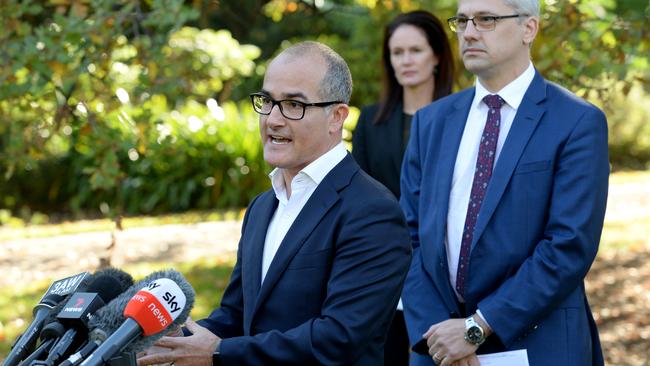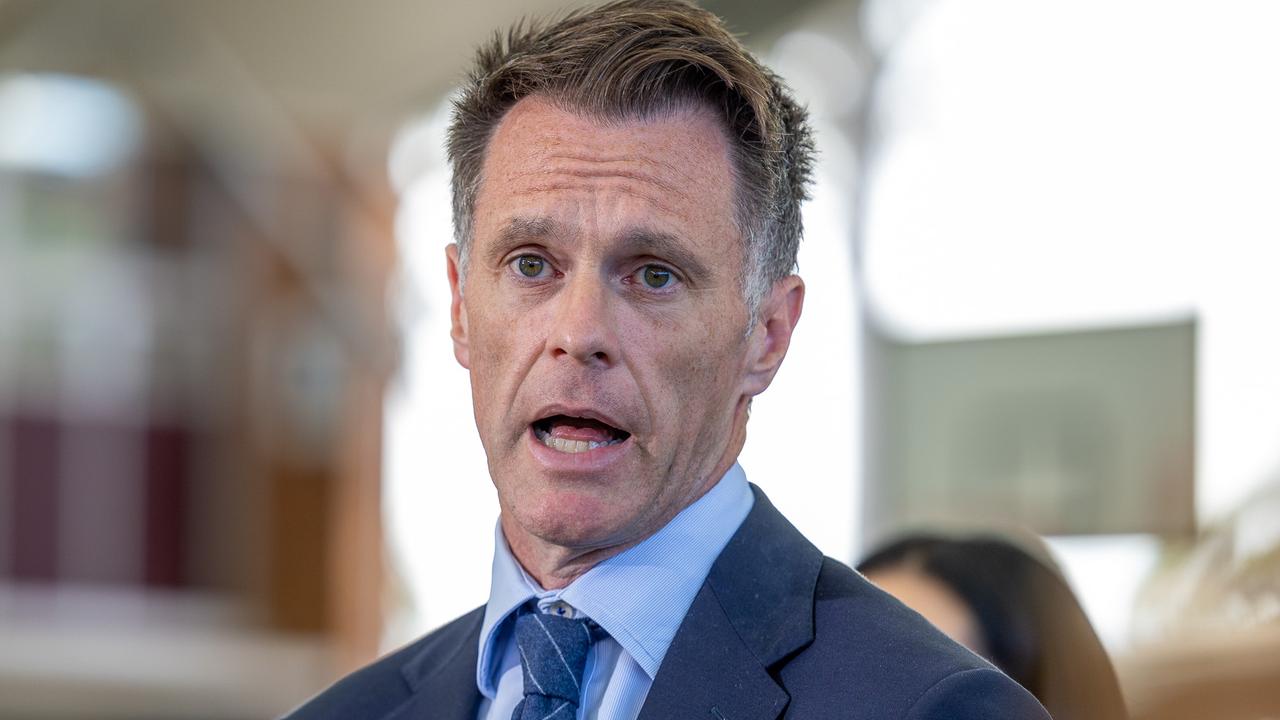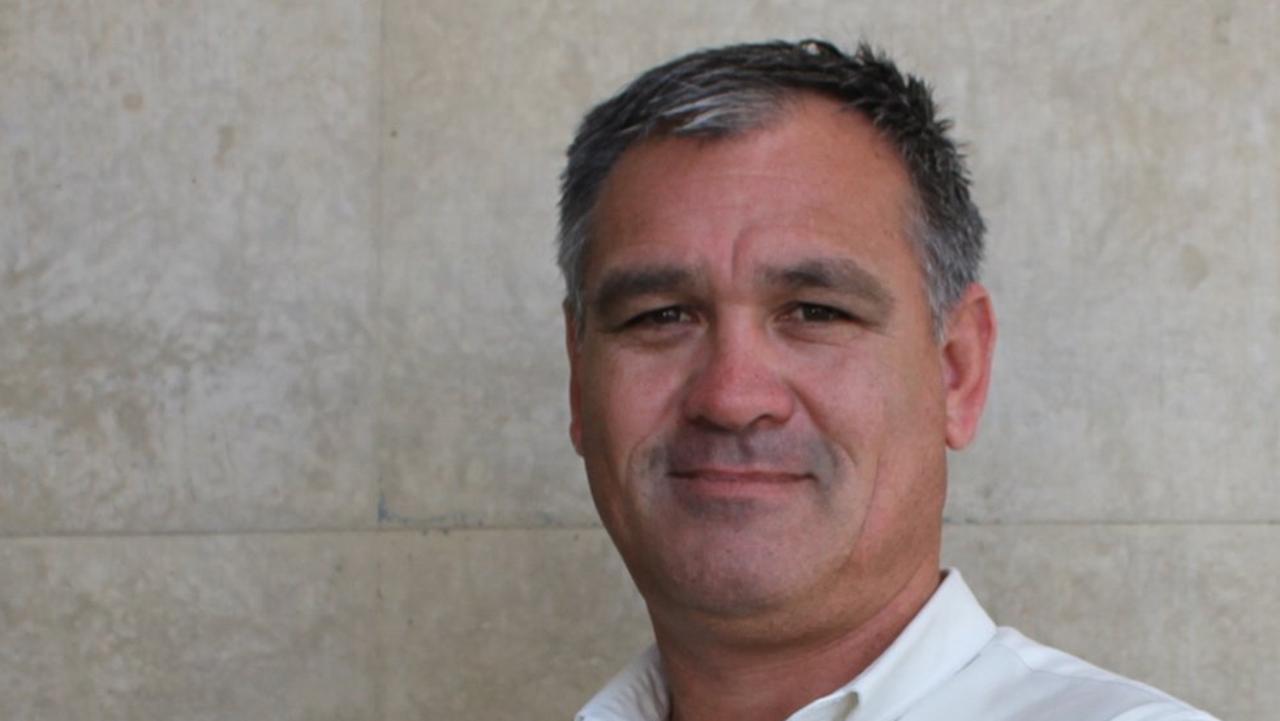Victoria unveils its own climate change strategy, emissions target
The Victorian government has unveiled its own climate change strategy in line with Joe Biden’s big emissions targets.

The Victorian government hopes to cut emissions by almost double the level of the Morrison government by 2030 in an ambitious policy positioning the state as a leader in tackling climate change.
Acting Premier James Merlino said Victoria would aim to reduce emissions by 28-33 per cent by 2025 and 45-50 per cent by 2030, nearly twice the 26-28 per cent target made by the federal government by the end of this decade.
Victoria criticised the lack of action from Scott Morrison on climate and said it was embarrassed by Australia’s showing at the recent climate summit run by US President Joe Biden.
“The Commonwealth government cannot continue to abrogate its responsibilities on a global stage when it comes to climate change,” Victoria’s energy minister Lily D’Ambrosio said at a press conference on Sunday.
“Nothing was more embarrassing than the display from the Prime Minister in Joe Biden’s climate summit that was held two weeks ago. That is appalling. It is not where Victoria wants to be. Victoria is better than that and today’s announcement is a demonstration that we are better than that. But we need the Commonwealth to step up.”
The Australian Energy Council - which represents the big three of AGL Energy, Origin Energy and EnergyAustralia - said it was concerned by the risk of higher bills as states seek to go it alone on climate policy.
The “best means to tackle energy emissions is at a national level. Go-it alone approaches are less efficient and less likely to achieve reductions at lowest cost to households and the economy given we are part of an interconnected national energy market,” AEC chief executive Sarah McNamara said.
“There is a risk of unintended outcomes hitting customer bills - such as the dramatic increase in prices we recently saw in the ACT because of its decision to pursue a 100 per cent renewable target outside the national market.”
The Ai Group, which represents big manufacturers and industry, said there were no sudden shocks for its members but it would prefer a national approach to climate policy.
“Nationally consistent approaches are typically preferable to build scale and offer a simpler environment for businesses that operate across Australia. We hope for fuller collaboration between the States and the Federal Government as net zero emissions goals become universal. The truly heavy lifting will come as we look beyond the electricity sector and beyond 2030,” Ai’s Victorian head Tim Piper said.
Power giant Alinta, which runs the Loy Yang B coal plant in Victoria’s LaTrobe Valley, also referenced the mismatch between state and federal policy.
“As progress towards a zero emissions energy future gathers pace, it’s crucial that action at a state level is paired with the right federal regulation,” Alinta chief executive Jeff Dimery said.
The state has previously been linked to a reduction in pollution of between 45 per cent to 60 per cent by 2030 following recommendations from an independent expert panel chaired by former Labor minister Greg Combet.
Victoria has a 50 per cent renewable target by 2030 and also aims to be net zero emissions by 2050. A decision on an interim emissions target was due to be set a year ago but was then deferred by the state government with Covid economic ructions cited as the reason.
Government-run operations such as schools, hospitals, police stations and metro trains will be powered with 100 per cent renewable electricity by 2025.
Job creation is at the heart of the new strategy, with investments into new technology, agriculture and transport.
Victorians will be offered a $3,000 incentive to buy zero-emission cars (ZEVs) in a bid to reach its target of 50 per cent of all new cars to be ZEVs by 2030.
The Labor government will also invest $20 million to reduce emissions in the agriculture sector and work with farmers to make their farms more sustainable, he said.
Mr Merlino said the government had cut its emissions by nearly 25 per cent based on 2005 levels, achieving its 2020 target two years early.
“With strong action on climate change, we can position Victoria as a global leader – advancing new technology, groundbreaking innovation and driving the creation of new jobs for Victorians,” Mr Merlino said.
The Victorian target closely follows the announcement by US President Joe Biden to reduce US greenhouse gas emissions by 50-52 per cent from 2005 levels by 2030 after he used his climate summit of global leaders last month to up the ante.
Prime Minister Scott Morrison has refused to bow to pressure — at here and overseas — to commit to net zero emissions by 2050 but is facing mounting calls at home for a stronger 2030 target.
He told the summit Australia was “well on the way” to reaching a 26 to 28 per cent reduction in 2005 emissions levels by 2030.
Federal Labor has yet to outline a midway target on its route to net zero emission by 2050, but leader Anthony Albanese has claimed all the parties policies in the lead-up to the next election would be “consistent” with that aim.


